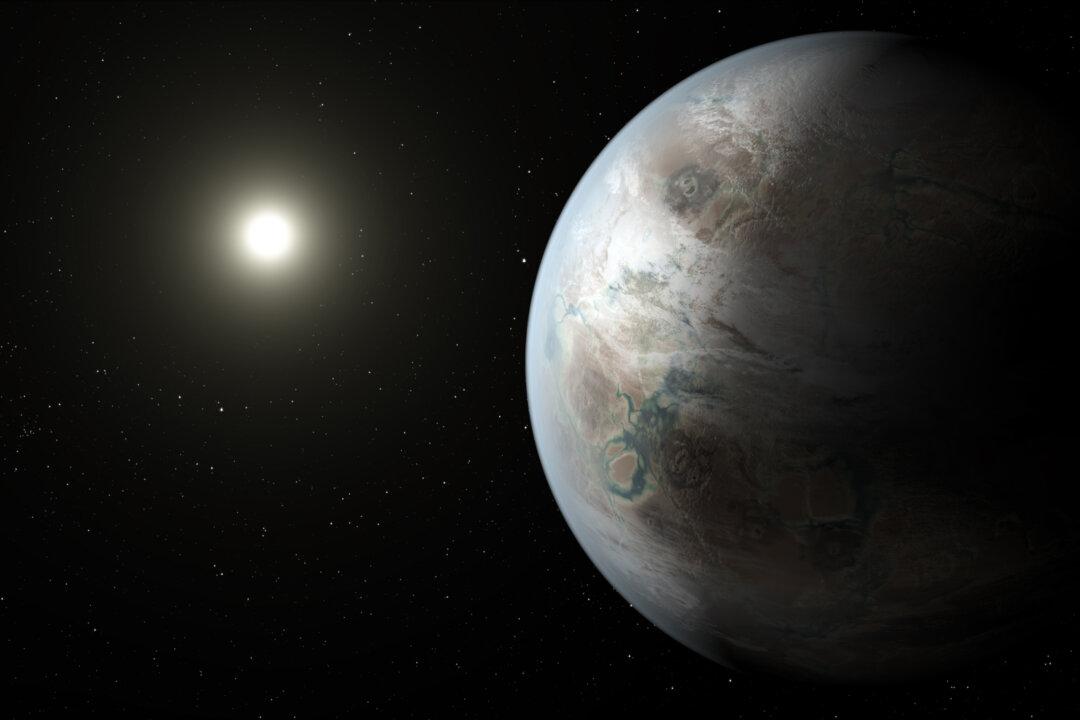Astronomers have discovered a planet that could be Earth’s older and bigger cousin—a near-Earth-sized planet around a Sun-like star in the “habitable zone,” the range of distances where liquid water could pool on the surface.
“We are pushing toward Earth 2.0,” McDonald Observatory astronomer Michael Endl says. “This planet is probably the most similar to Earth yet found.”
The planet, Kepler-452b, lies about 1,400 light-years from Earth in the constellation Cygnus, is 60 percent larger than Earth and is considered a “super-Earth-sized” planet. Its mass and composition are not yet known, but previous research suggests that it has a better than even chance of being rocky. Its orbital period is similar to Earth’s, at 385 days.
It is awe inspiring to consider that this planet has spent 6 billion years in the habitable zone of its star, longer than Earth.

